8. Mad Max: Fury Road (2015)
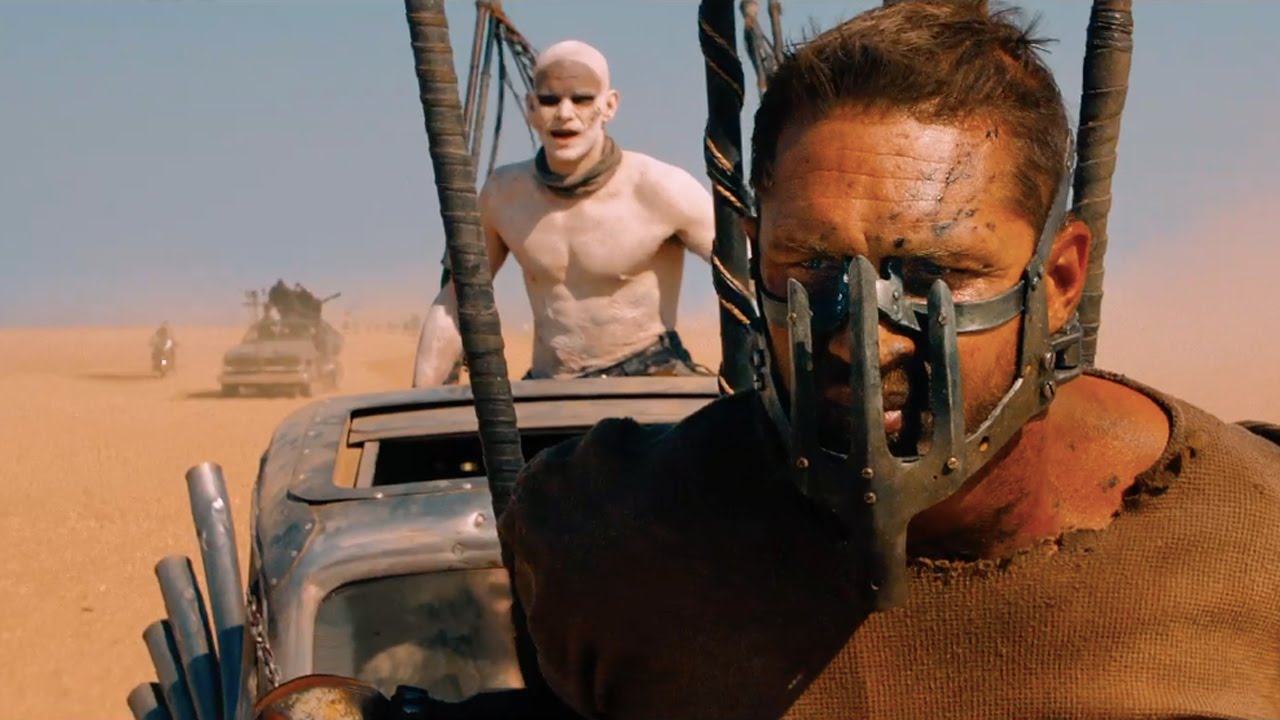
George Miller’s Mad Max: Fury Road offers up the ultimate chase movie as he retools the motorcade mayhem first glimpsed in The Road Warrior (1981), the first of his Mad Max sequels. Riding shotgun with Miller is his editor and wife Margaret Sixel who helps clearly define for the audience the spatial relationships of the many elements––vehicles, characters, etc––specifically the crazy quilt cause-and-effect maneuverings of fast-paced and ever-moving mayhem. The physics of action cinema have rarely if ever been so pronounced and so astonishing.
The post-apocalyptic cosmology of Mad Max: Fury Road is also augmented by Colin Gibson’s alternately gorgeous and grotesque production design, Jenny Beavan’s costumes, and John Seale’s in succession trembling and tranquiil lens. Any way you cut it, Fury Road is a genre fan’s fantasy fully realized and a pièce de résistance writ courageously large.
7. Blade Runner 2049 (2017)
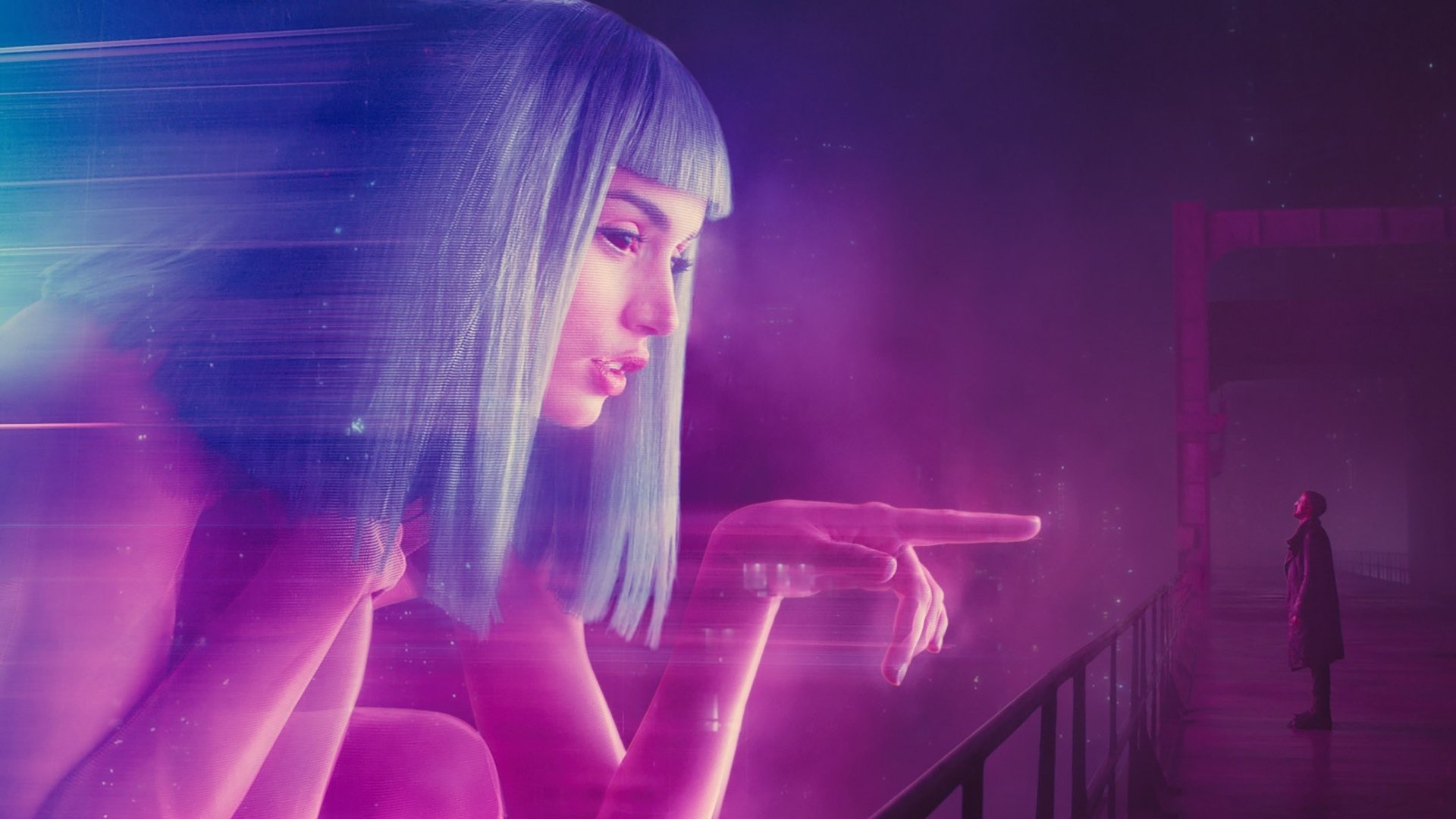
Working closely with screenwriters Hampton Fancher (who co-wrote Ridley Scott’s original Blade Runner back in 1982) and Michael Green, and his sensational cinematographer Roger Deakins, visionary Canadian film director Denis Villeneuve did the near impossible task of following up Scott’s Blade Runner with a sequel that retains much of the tactile splendor and future noir poetry of the original while manufacturing an objet d’art that is perhaps even more emotionally engaging.
Unspooling some thirty years after the first film, Ryan Gosling is K, a replicant who hunts rogue replicants and, like Rick Deckard (Harrison Ford) before him, retires his quarry using deadly means. When K discovers evidence suggesting that a replicant has reproduced and had a child, he is charged with murdering the child to prevent a replicant uprising.
A sublimely articulated mindbender, seductively crafted, steeped in mystery, and one that teases the audience with numerous ambiguities, and needling puzzles, Blade Runner 2049 is one of speculative fiction’s crown jewels. This is a film that, like its predecessor, will be discussed, dissected, revisited and extolled for decades to come.
6. Pan’s Labyrinth (2006)
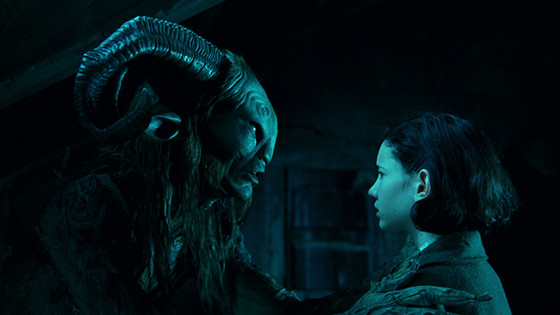
Mexico’s Guillermo del Toro is a veritable master of the macabre and his deeply personal dark fantasy coup de grâce from 2006, Pan’s Labyrinth is a sublime and stunningly beautiful masterpiece. Set in Spain in 1944 where we meet young Ofelia (Ivana Baquero) and her mother Carmen (Ariadna Gil), who is pregnant and whose health is diminishing.
The two women have just relocated to be with Carmen’s new husband, the sadistic army officer Captain Vidal (Sergi López). Ofelia takes an instant dislike to the Captain and soon finds distraction in an ancient maze where she encounters the mysterious and otherworldly Faun, (Doug Jones). Faun tells Ofelia of her forgotten lineage as the lost Princess Moanna and how she must perform three potentially deadly tasks in order to reclaim her throne and the immortality that goes along with it.
Epic in scope, with a poetic Dickensian influence, tangible excitation, a fabulist, fairytale-like cognizance –– Alice in Wonderland is another obvious inspiration –– making for an elegant flight of the imagination. But make no mistake, this is no children’s movie. The violence of the real world around Ofelia is terrifying and extreme, but del Toro, while never sugarcoating anything or Disney-fying his creations still imbues the film with a sense of wonder, danger, artistic ambition, and compelling, tragic, astounding poignancy.
Not for the faint of heart no, but for the strong of imagination and for the deeply adventurous and bravely devout. Pan’s Labyrinth is a beautiful and terrifying place to get lost in.
5. The Grand Budapest Hotel (2014)
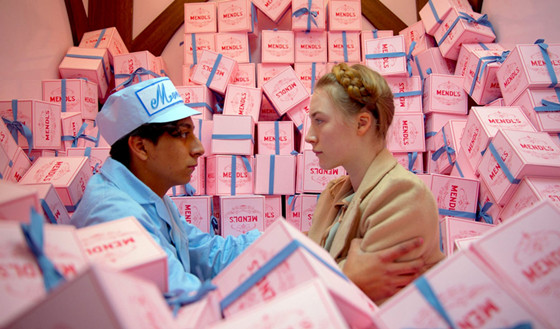
Gossamer-like, quite lovely and ever wistful, Wes Anderson’s The Grand Budapest Hotel thrums with the dual dispositions of the sublime Golden Age director Ernst Lubitsch and the jam-packed chapter and verse of Stefan Zweig. In this calorie-rich and joyously effete film, exuberance is the mainstay, as it exists in a baroque bubble of an imagined Old Europe where period styles, historical allusions, and joyful generic conventions intersect amidst a seeming compendium of potential films of adventure, emotion, humor, hubris, and tragedy.
The luxury hotel setting, carefully constructed by production designer Adam Stockhausen (exteriors) and Anna Pinnock (she designed the interiors), is the anchor of a multi-hued shaggy dog story that unfolds over three distinct timelines, where each is shot in three different ratios; 2.35:1, 1.85:1, and the classic 1.33:1.
Among the many eras that Anderson revisits, there are tangible elements of gothic romance and mystery––Hitchcock’s The Lady Vanishes (1938) springs to mind––and with all the trap doors, secret passageways, evil assassins, and sketchy monks, not to mention the inspired inclusion of a secret society of hotel concierges, there’s nods to more Hitchcock (The 39 Steps and Notorious perhaps?) and British Secret Service/spy films à la Carol Reed.
Throw in some stop-motion sequences, a splash of kink, pastiches of American-style comedy of manners, World War I espionage, romantic comedy, broad slapstick, elements of farce, and the feeling of peering into, who knows, Orson Welles toy box maybe? There’s so much stylistic color-crazy variety –– even a monochromatic melodramatic respite –– that the eye and the mind never rest.
4. Spirited Away (2001)
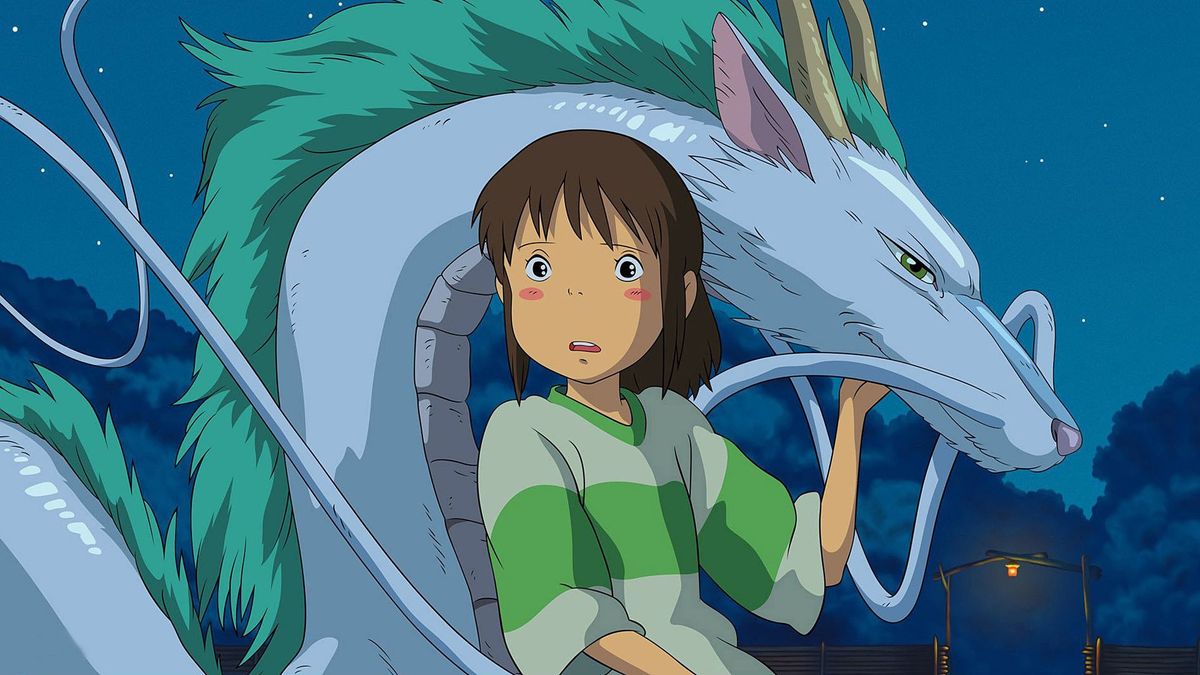
Unlike oh so many mainstream animated films, Hayao Miyazaki constructs imaginative worlds without the condescending expression and over-sentimental characters. Spirited Away is no exception as it tells the adventurous tale of 10-year-old Chihiro Ogino and her parents on their way to their new home when they take a strange detour and stumble upon a novelty town of objet d’art. The unsettling place they’ve discovered soon becomes populated by spirits, once the sun has gone down. Chihiro must find a way to move amongst the entities, rescue her parents, and figure out a way home.
Taking after literary fabulists from Europe, Spirited Away is Miyazaki’s variation of Lewis Carroll’s Alice in Wonderland, with a dash of A.A. Milne. The hand-drawn scenes radiate with affection, energy, and wild invention.
Miyazaki, with Spirited Away, shares the cultural disparity of his great countrymen, directors who rose to international prominence like Kenji Mizoguchi (1898–1956) and Yasujirō Ozu (1903–63).
Spirited Away is a truly transcendental flight of the imagination, and one steeped in the manga tradition. It also generously offers a compassionate discernment on the ill effects of ecological loss, the perseverance of preparation, of rolling with the punches, the plums of altruism, the force of friendship, and perhaps above all, the gravity of celebrating where you came from and who you are.
This is unmistakably one of the great animated films ever made, and an unbridled revelry.
3. The Tree of Life (2011)
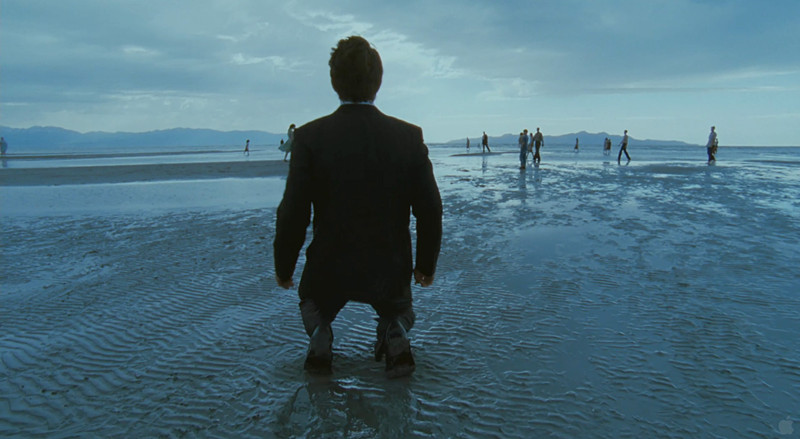
An achingly beautiful cinematic poem on love, life, and being, Terrence Malick’s ravishing, philosophical powerplay The Tree of Life is an unforgettable experimental epic that deservedly received the Palme d’Or at the 2011 Cannes Film Festival.
Ostensibly the story of three brothers from a small town somewhere in Texas. Jack O’Brien has a contentious and difficult relationship with his father (Brad Pitt), but gets along well with his almost ethereal mother (Jessica Chastain). Later, as an adult, though the film is told in nonlinear fashion, Jack (Sean Penn) wrestles with his past while trying to come to terms with his childhood, while also combating feelings of existential panic.
“A mad and magnificent film,” raved The Guardian’s Peter Bradshaw, also praising Malick’s artful vision as an “unashamedly epic reflection on love and loss.”
In addition to the deeply spiritual and poetic grandeur of the film, the cinematography by Emmanuel Lubezki is ravishing and almost overwhelming when combined with Malick’s personal and exalted purpose.
The Tree of Life is the very definition of an art film, yes, it’s also one of the most gorgeous and moving treatise on modern man that you’re likely to find.
I clearly recall staggering out of the cinema afterwards as a changed person, feeling transfigured and transformed by something alternately sorrowful, sublime, totally abject and also esoteric. And are these not the reasons why we experience cinema to begin with? The Tree of Life is a gorgeous and monumental sensory encounter.
2. The Assassination of Jesse James by the Coward Robert Ford (2007)
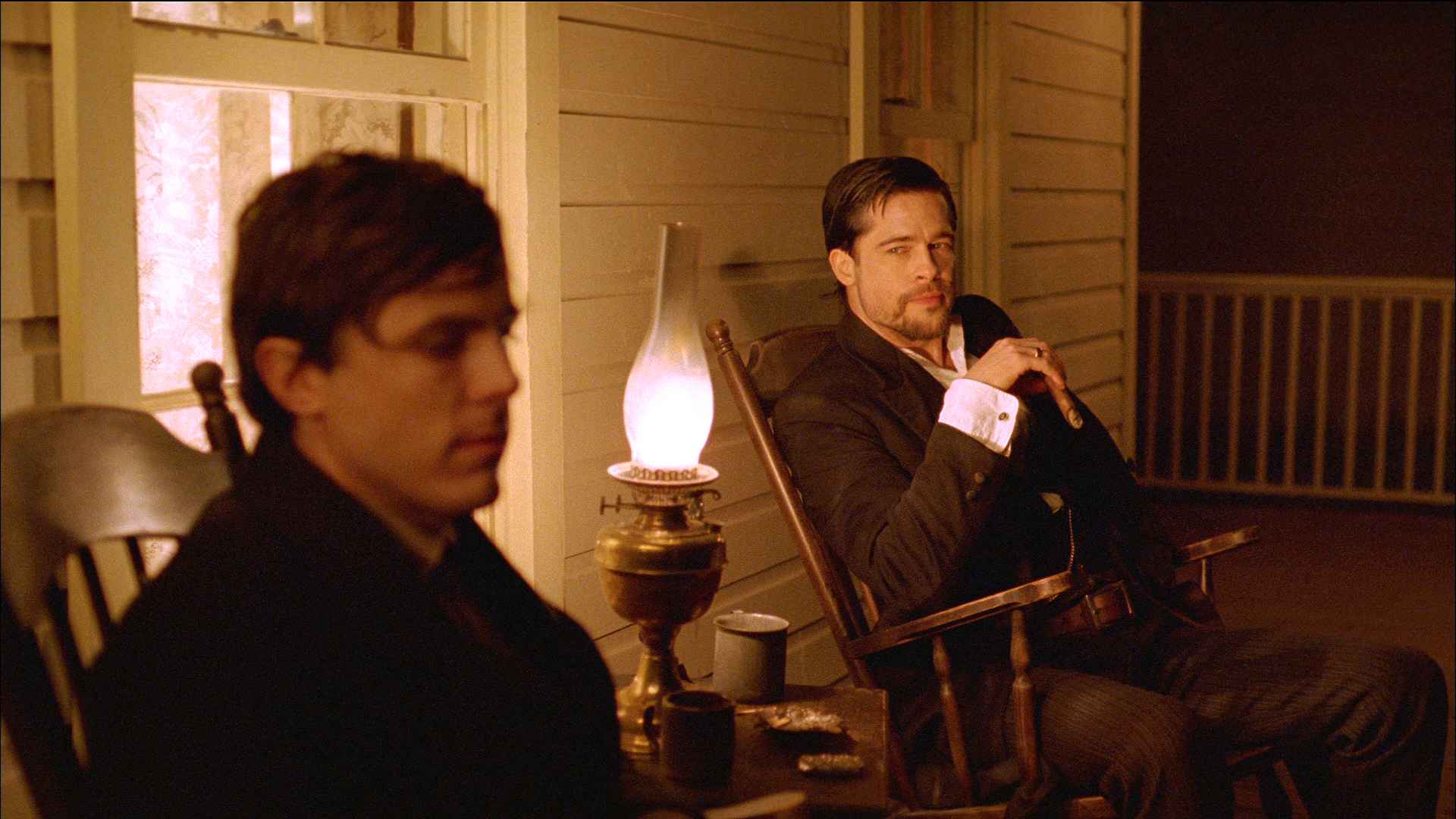
Andrew Dominik’s erratic, and some would argue overlooked, The Assassination of Jesse James by the Coward Robert Ford, is an intensely self-conscious and artful study of Old West legend. With the ingenious, magic-hour blush we’d expect from Terrence Malick, Dominik’s is a movie without clearly defined heroes or villains, but with uncertainty and symmetry in spades.
Brad Pitt’s Jesse James is a walking contradiction; cold killer, loving husband, attentive father, self-conscious legend. Jesse is stalked by Robert Ford (Casey Affleck), an excusably naïve, starstruck easy mark. As the spoiler containing title suggests, Robert will take the life of Jesse, his hero, a graven image of Western tradition. It’s a fascinating fool’s paradise of a film.
Lifted by Roger Deakins’ lens––together he and Dominik reimagine many Western tableaus with elegant and often chilling results––and buoyed by Nick Cave’s aching and augural score (Cave also makes a quick cameo), it’s a riveting, musing, and formal period piece as well as making a modern caveat on celebrity culture, The Assassination of Jesse James is also perhaps the greatest revisionist Western ever made.
1. In the Mood for Love (2000)
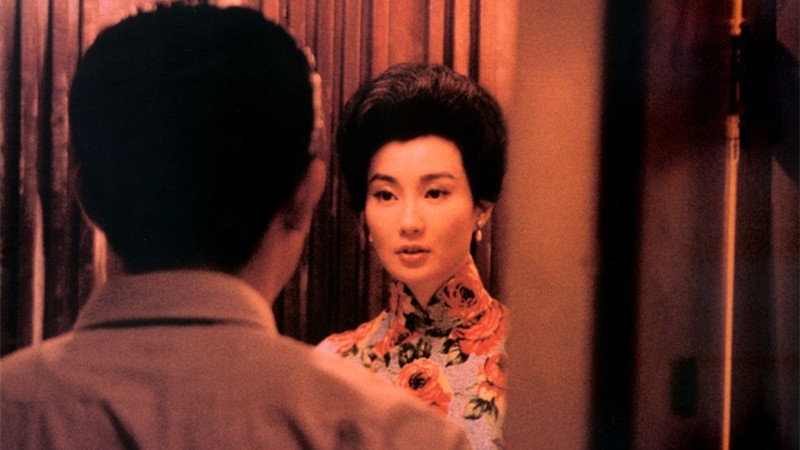
The ashen ache of stolen moments, and the often painful passage of time hangs heavy upon Hong Kong filmmaker Wong Kar-Wai’s 2000 masterpiece, In the Mood for Love. As anthem to the agony and ecstasy of close-lipped affection, this film more than any other in Wong’s considerable oeuvre, is a Proust-like conjuration of memory and misgiving.
The second installment of a rather loose trilogy that began with Days of Being Wild (1990) and concluded with 2046 (2004), In the Mood for Love unravels in Hong Kong, 1962, centering on two neighbors living in a close quarters tenement house. Maggie Cheung and Tony Leung shimmer as Su Li-zhen and Chow Mo-wan, the neighbors in question, who rightly suspect their respective spouses are having an affair.
A painful poetry and sad resignation haunt the pair of potential sweethearts, elegantly framed by superstar cinematographer Christopher Doyle, Wong’s frequent collaborator. Numerous times the camera seems to pry, eavesdropping almost, on the star-crossed couple and their resisted romance.
The period details are perfect and never perfunctory—the cheong-san dresses adorned by Su Li-zhen are heart-stirring in detail and design—the color saturation and play of light is heavenly and mnemonic as is the use of music which conveys and captures an unfeigned nostalgia. The bright colors and unconventional compositions that Wong’s name became synonymous with in the 1990s is here faultlessly fulfilled, even when hemmed in.
As close to perfection as possible, In the Mood for Love renders on an intimate scale the intersection of misery and euphoria, of romance in retrospect, and makes it into cinema’s saddest song of love lost to history.
Author Bio: Shane Scott-Travis is a film critic, screenwriter, comic book author/illustrator and cineaste. Currently residing in Vancouver, Canada, Shane can often be found at the cinema, the dog park, or off in a corner someplace, paraphrasing Groucho Marx. Follow Shane on Twitter @ShaneScottravis.